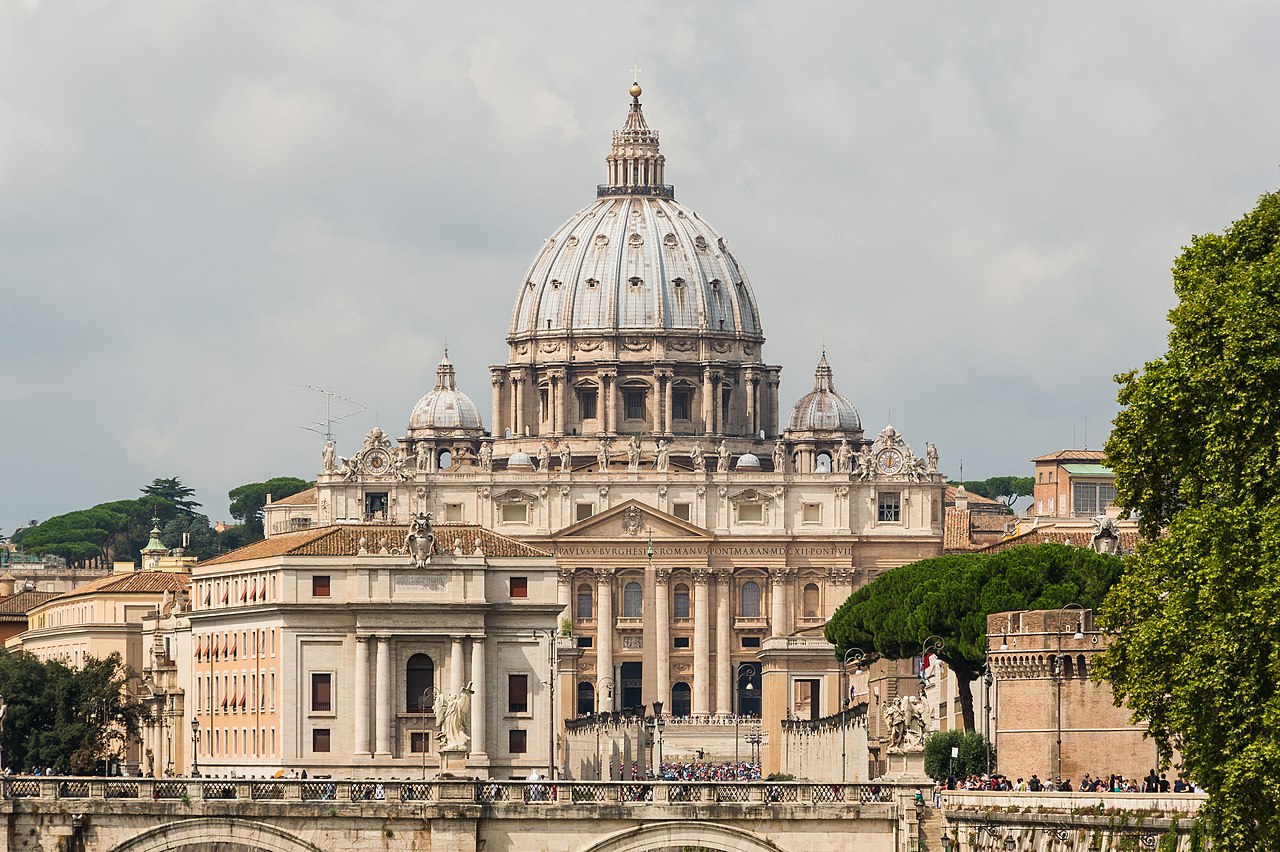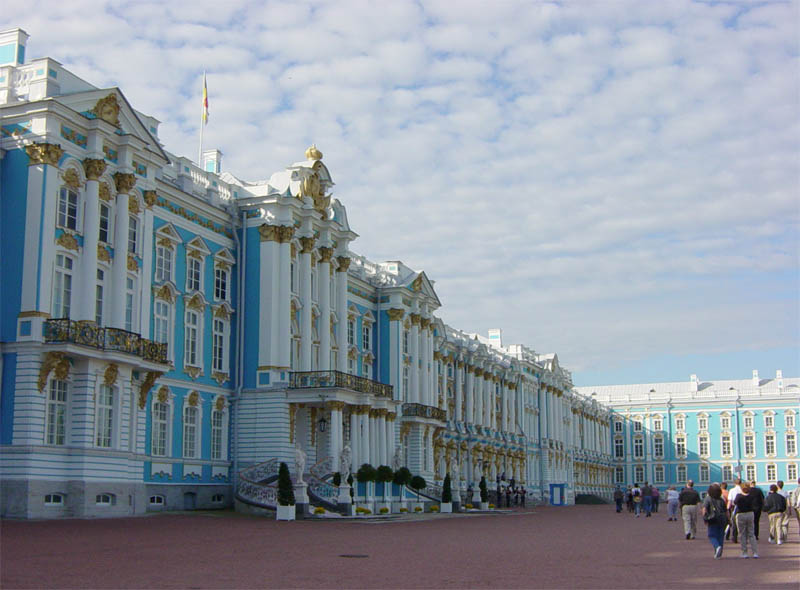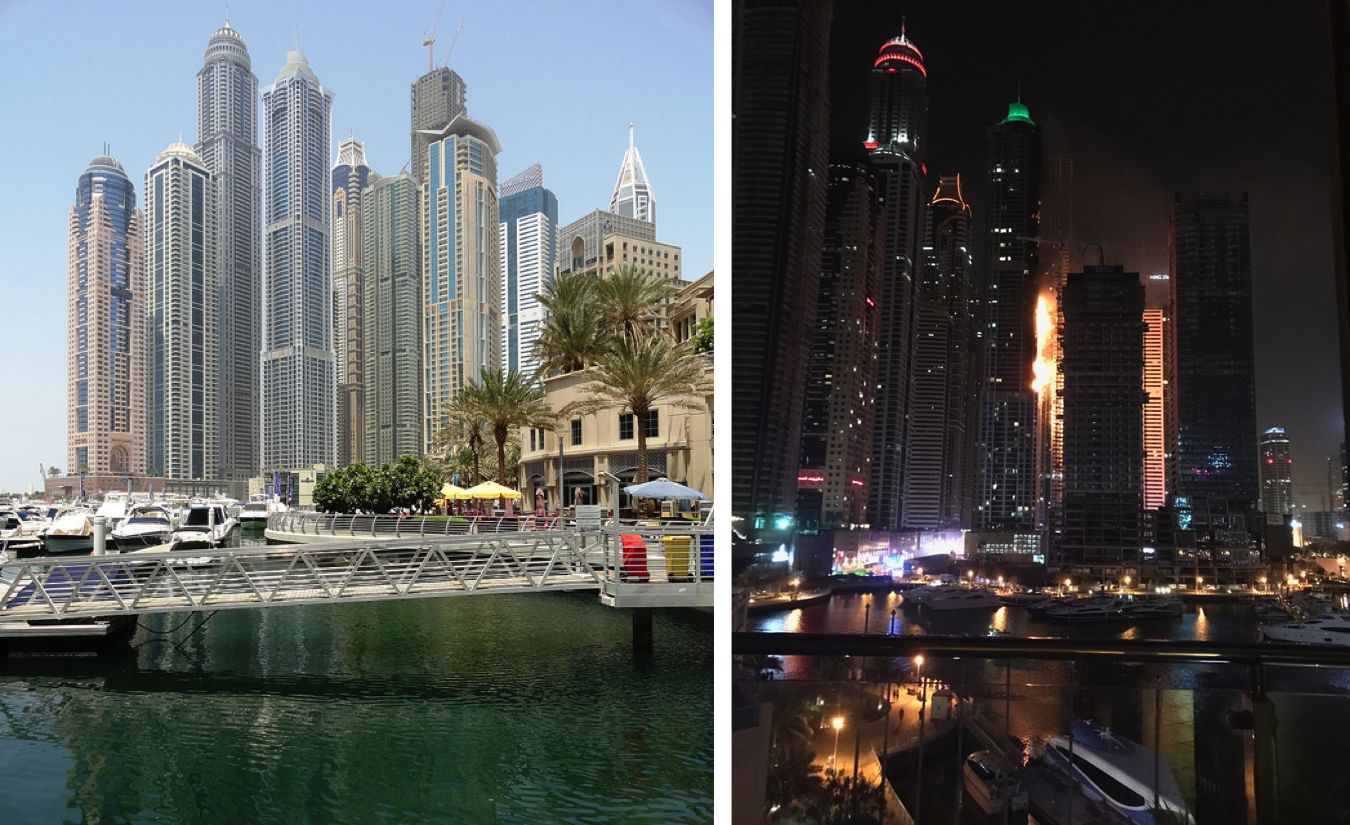
This quick review illustrates how each new movement builds on the one before. Although our timeline lists dates, historic periods do not start and stop at precise points on a calendar. Periods and styles flow together, sometimes merging contradictory ideas, sometimes inventing new approaches, and often re-awakening and re-inventing older movements. Dates are always approximate: Architecture is a fluid art.
· 11,600 BC to 3,500 BC - PREHISTORIC TIMES
Archaeologists "dig" prehistory. Göbekli Tepe in present day Turkey is a good example of archaeological architecture. Before recorded history, humans constructed earthen mounds, stone circles, megaliths, and structures that often puzzle modern-day archaeologists. Prehistoric architecture includes monumental structures such as Stonehenge, cliff dwellings in the Americas, and thatch and mud structures lost to time.
· 3,050 BC to 900 BC - ANCIENT EGYPT
In ancient Egypt, powerful rulers constructed monumental pyramids, temples, and shrines. Far from primitive, enormous structures such as the Pyramids of Giza were feats of engineering capable of reaching great heights.

· 850 BC to 476 AD - CLASSICAL
From the rise of ancient Greece until the fall of the Roman empire, great buildings were constructed according to precise rules. The Classical Orders, which defined column styles and entablature designs, continue to influence building design in modern times.

· 527 to 565 AD - BYZANTINE
After Constantine moved the capital of the Roman empire to Byzantium (now called Istanbul) in 330 AD, Roman architecture evolved into a graceful, classically-inspired style that used brick instead of stone, domed roofs, elaborate mosaics, and classical forms. Emperor Justinian (527 AD to 565 AD) led the way.
· 800 to 1200 AD - ROMANESQUE
As Rome spread across Europe, heavier, stocky Romanesque architecture with rounded arches emerged. Churches and castles of the early Medieval period were constructed with thick walls and heavy piers.
· 1100 to 1450 AD - GOTHIC
Pointed arches, ribbed vaulting, flying buttresses, and other innovations led to taller, more graceful architecture. Gothic ideas gave rise to magnificent cathedrals like Chartres and Notre Dame.
· 1400 to 1600 AD - RENAISSANCE
A return to classical ideas ushered an "age of awakening" in Italy, France, and England. Andrea Palladio and other builders looked the classical orders of ancient Greece and Rome. Long after the Renaissance era ended, architects in the Western world found inspiration in the beautifully proportioned architecture of the period.

· 1600 to 1830 AD - BAROQUE
In Italy, the Baroque style is reflected in opulent and dramatic churches with irregular shapes and extravagant ornamentation. In France, the highly ornamented Baroque style combines with Classical restraint. Russian aristocrats were impressed by Versailles in France, and incorporated Baroque ideas in the building of St. Petersburg. Elements of the elaborate Baroque style are found throughout Europe.
· 1650 to 1790 AD - ROCOCO
During the last phase of the Baroque period, builders constructed graceful white buildings with sweeping curves. These Rococo buildings are elegantly decorated with scrolls, vines, shell-shapes, and delicate geometric patterns.

· 1730 to 1925 AD - NEOCLASSICISM
A keen interest in ideas of Renaissance architect Andrea Palladio inspired a return of classical shapes in Europe, Great Britain and the United States. These buildings were proportioned according to the classical orders with details borrowed from ancient Greece and Rome.

· 1890 to 1914 AD - ART NOUVEAU
Known as the New Style, Art Nouveau was first expressed in fabrics and graphic design. The style spread to architecture and furniture in the 1890s. Art Nouveau buildings often have asymmetrical shapes, arches and decorative surfaces with curved, plant-like designs.
· 1895 to 1925 AD - BEAUX ARTS
Also known as Beaux Arts Classicism, Academic Classicism, or Classical Revival, Beaux Arts architecture is characterized by order, symmetry, formal design, grandiosity, and elaborate ornamentation.

· 1905 to 1930 AD - NEO-GOTHIC
In the early twentieth century, Gothic ideas were applied to modern buildings. Gargoyles, arched windows, and other medieval details ornamented soaring skyscrapers in this Gothic Revival style.

· 1925 to 1937 AD - ART DECO
Zigzag patterns and vertical lines create dramatic effect on jazz-age, Art Deco buildings. Interestingly, many Art Deco motifs were inspired by the architecture of ancient Egypt.
· 1900 to PRESENT - MODERNIST STYLES
The 20th and 21st centuries have seen dramatic changes and astonishing diversity. Modernist styles have come and gone - and continue to evolve. Modern day trends include Art Moderne and the Bauhaus school coined by Walter Gropius, Deconstructivism, Formalism, Brutalism, and Structuralism.

· 1972 to PRESENT - POSTMODERNISM
A reaction against the Modernist approaches gave rise to new buildings that re-invented historical details and familiar motifs. Look closely at these architectural movements and you are likely to find ideas that date back to classical and ancient times.

· 21ST CENTURY - NEO-MODERNISM AND PARAMETRICISM
The name for computer-driven design is up for grabs. Perhaps it began with Frank Gehry's sculpted designs or maybe others who experimented with Binary Large Objects-BLOB architecture. No matter who started it, everyone's doing it now, and the possibilities are stunning. Just look at Moshe Safdie's 2011 Marina Bay Sands Resort in Singapore-it looks just like Stonehenge.

(Update 2022)




No comments:
Post a Comment